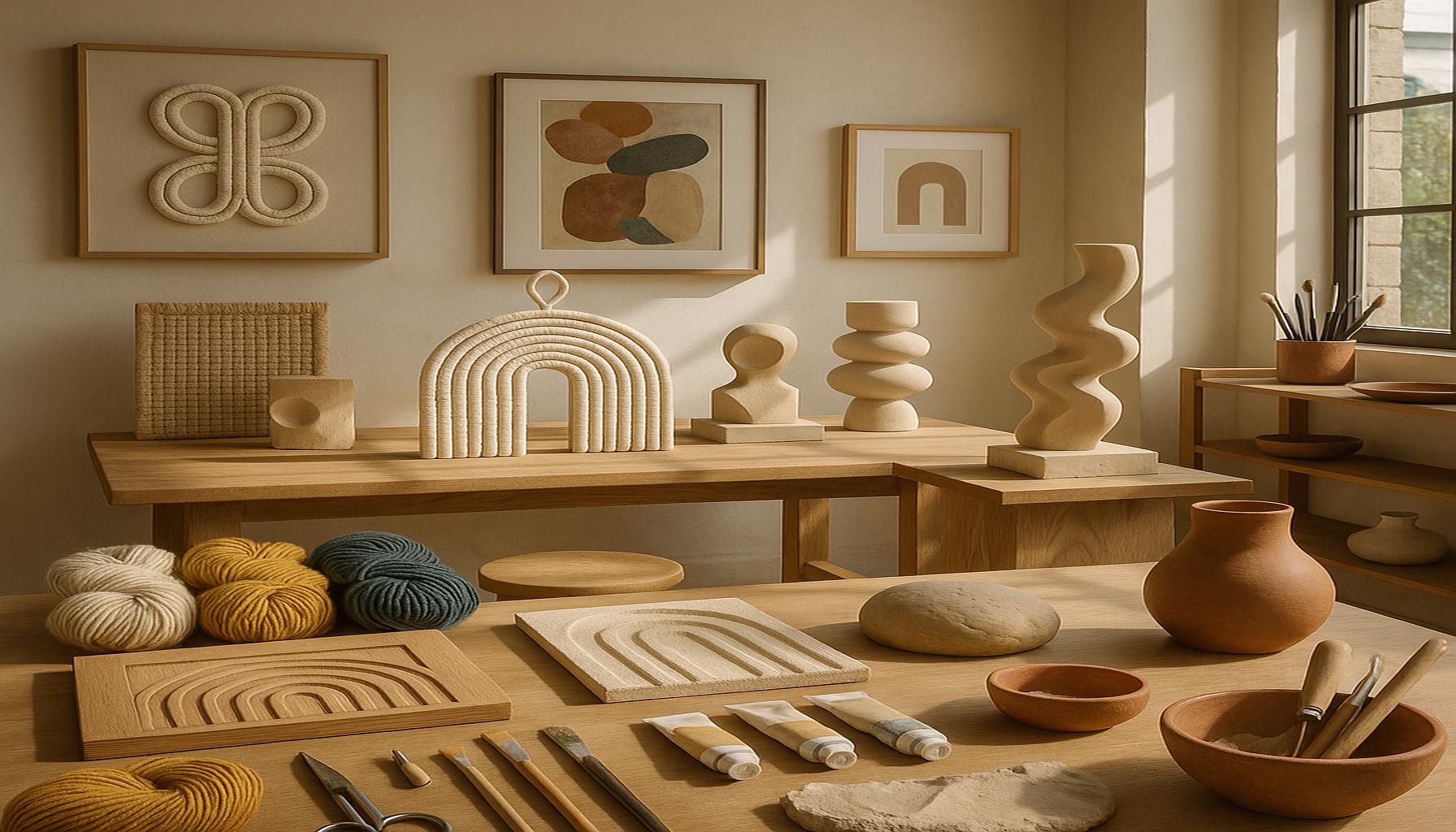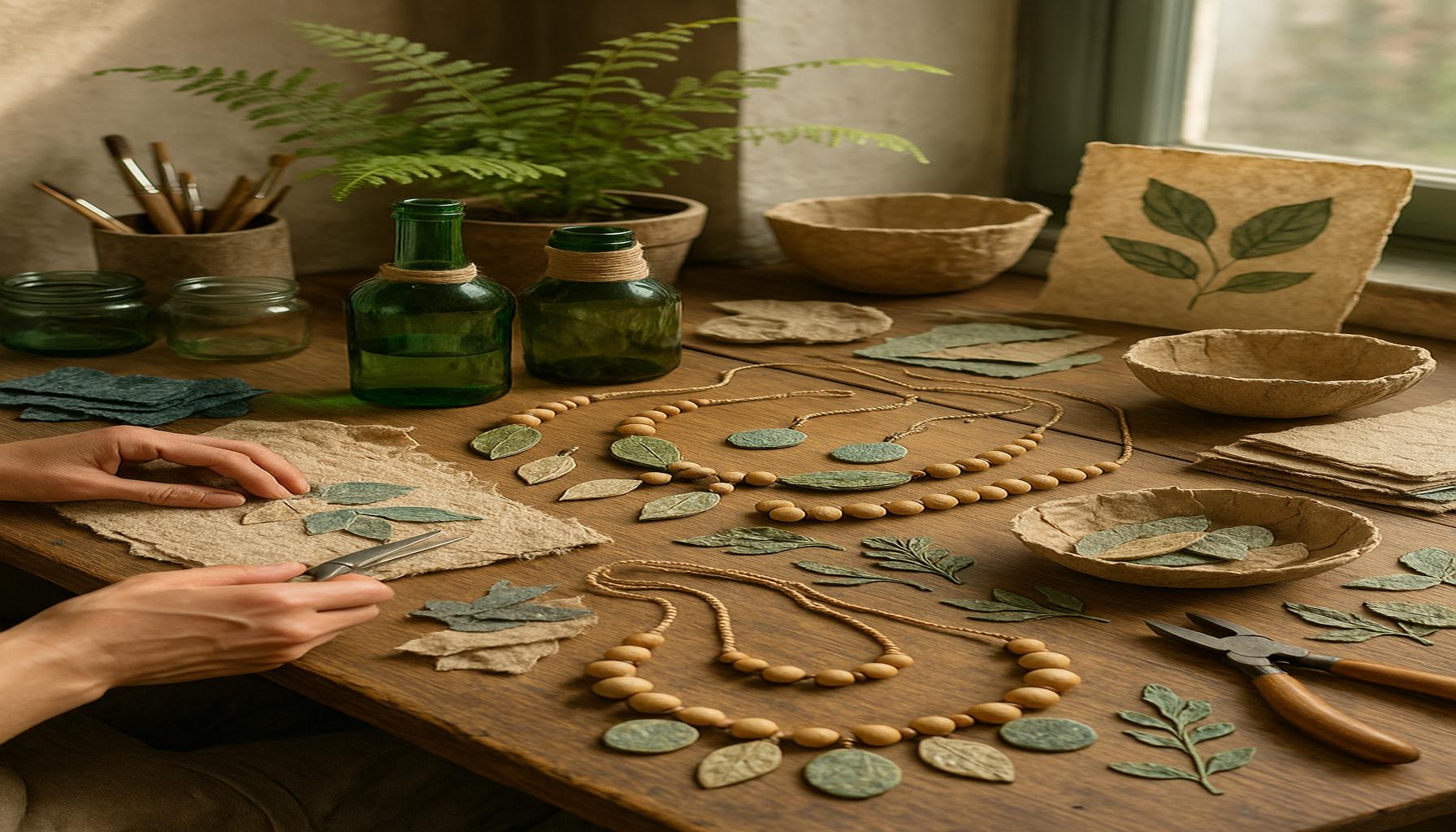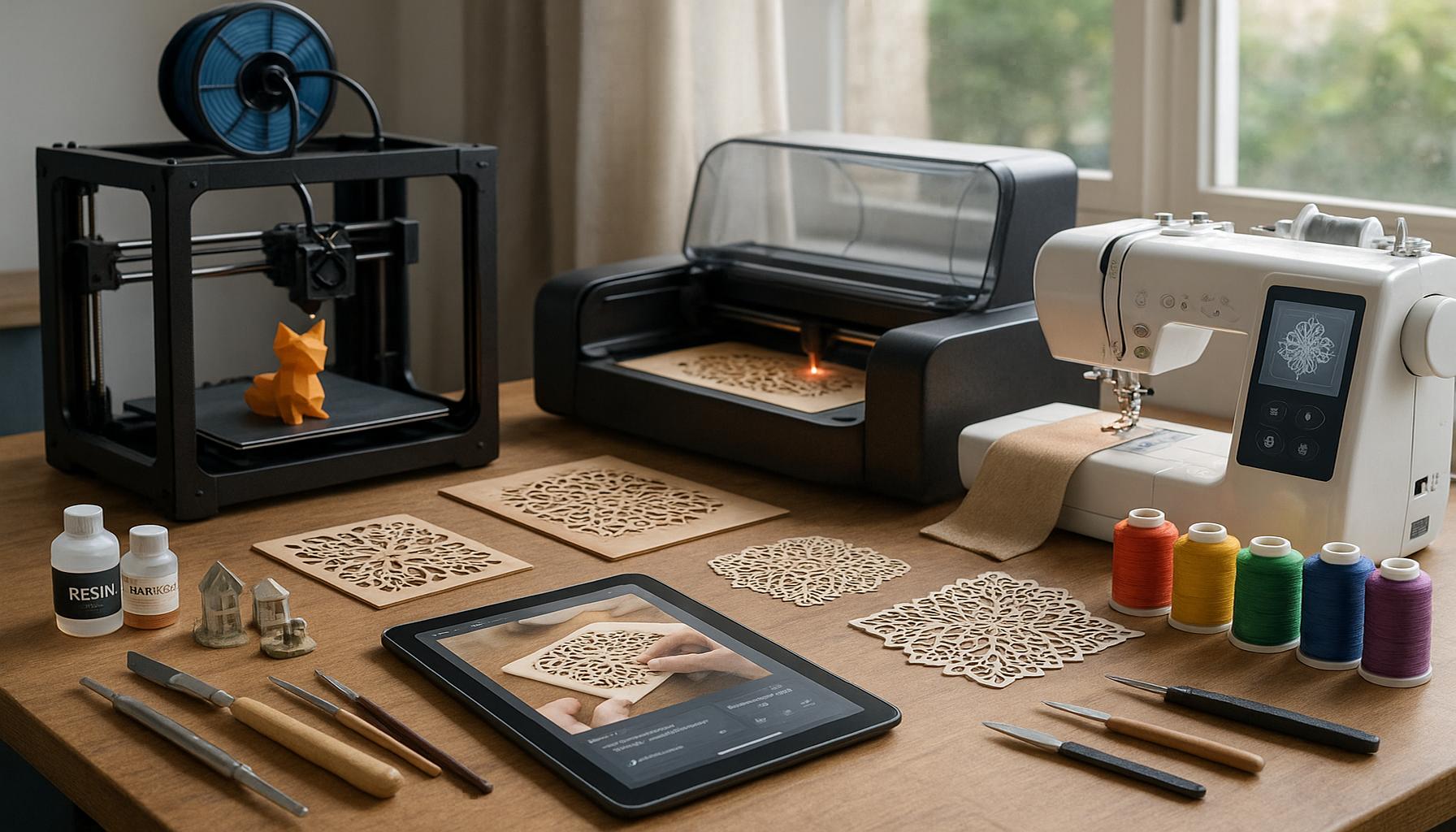Crafting for Children: Opportunities for Cognitive and Creative Development in Childhood
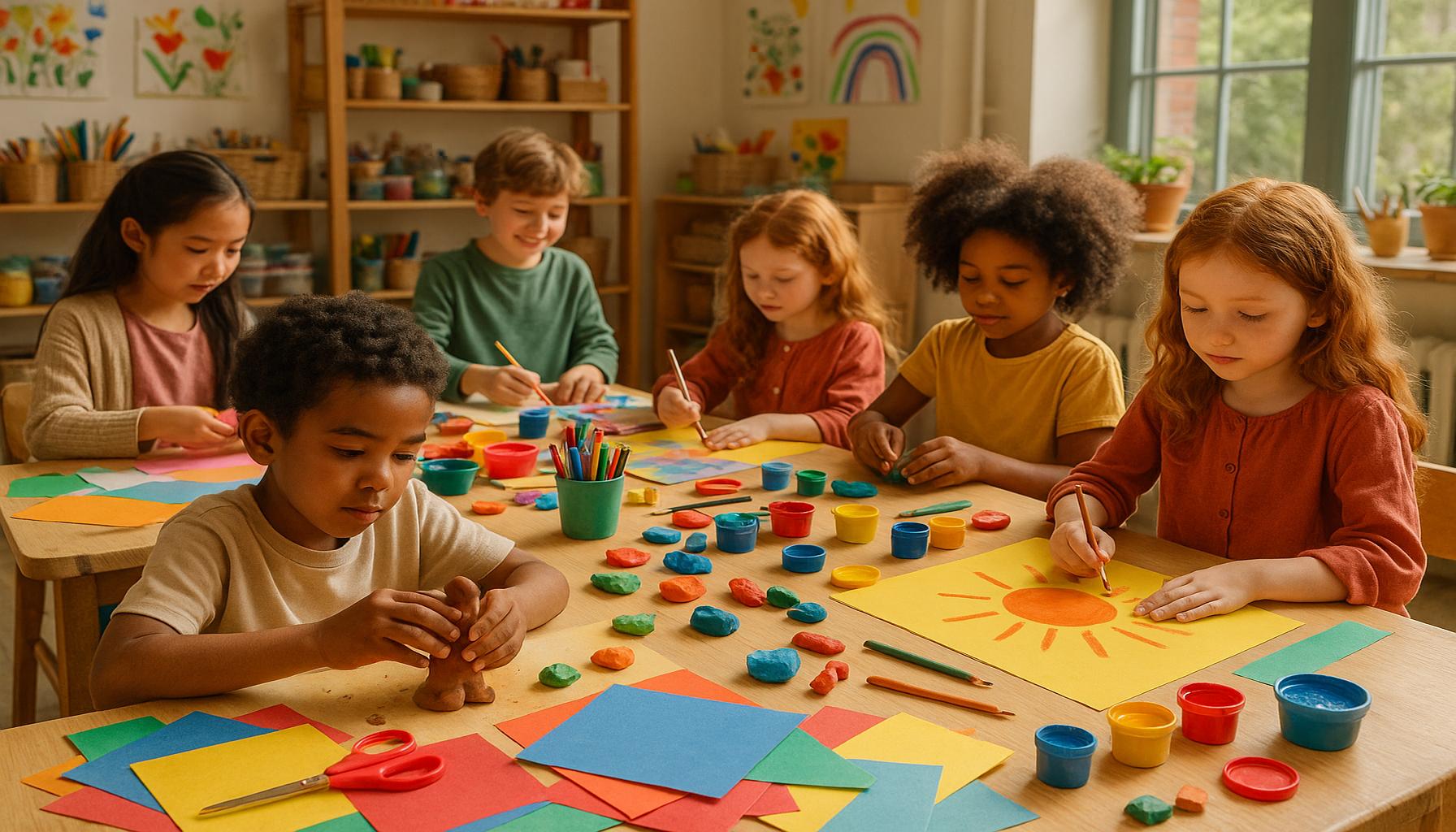
The Transformative Power of Crafting
Engaging in crafting activities is far more than a leisurely pastime for children; it is a fundamental aspect of their cognitive and creative development. When children immerse themselves in crafting, they enter a world of imagination where raw materials transform into meaningful creations. This process allows them to explore their thoughts, express their individuality, and acquire essential skills that will benefit them throughout their lives.
Crafting encompasses a wide range of activities, from simple paper mache projects to intricate model building. Each activity relies on different techniques and tools, presenting unique challenges and learning opportunities that are crucial for a child’s growth.
Here are some key benefits of crafting for children:
- Enhances fine motor skills: Crafting requires the use of tools like scissors, glue, and paintbrushes, all of which help children develop hand-eye coordination and dexterity. For instance, stringing beads onto a necklace not only hones fine motor skills but also allows for creative expression.
- Boosts cognitive abilities: When children engage in crafting, they often face problems that require critical thinking and problem-solving skills. Deciding how to fit various shapes together while making a collage, for example, encourages children to think analytically about space and design.
- Encourages creativity: Crafting opens a door for children to interpret concepts and materials in original ways. By allowing them to add their unique flair to art projects or invent new designs from recycled materials, children learn to see the world from multiple perspectives.
- Improves focus and patience: Completing a craft project often requires time and determination. Children learn the value of perseverance as they navigate through the various stages, from brainstorming their ideas to the final touches. This patience will translate into other areas of their lives.
- Fosters emotional expression: Crafting provides an excellent outlet for children to express their feelings and thoughts. Whether through the colors they choose or the themes they explore in their artwork, crafting allows for emotional exploration in a safe and constructive manner.
In an era where digital devices dominate children’s interactions, schools and community programs in the United States are increasingly recognizing the importance of hands-on learning through crafting. Many educational initiatives integrate art and craft projects into their curriculums as a way to enhance students’ engagement and comprehension of complex subjects. For example, a local after-school program might organize workshops where children create models of the solar system, marrying art with scientific inquiry.
Through crafting, children are not only making art; they are acquiring valuable life skills that will serve them well into adulthood. Creativity, critical thinking, and emotional intelligence are all nurtured through the simple yet profound act of making something with their own hands. As we continue to understand the intricate benefits of crafting, it is clear that these activities are instrumental in shaping young minds and hearts, paving the way for future success.
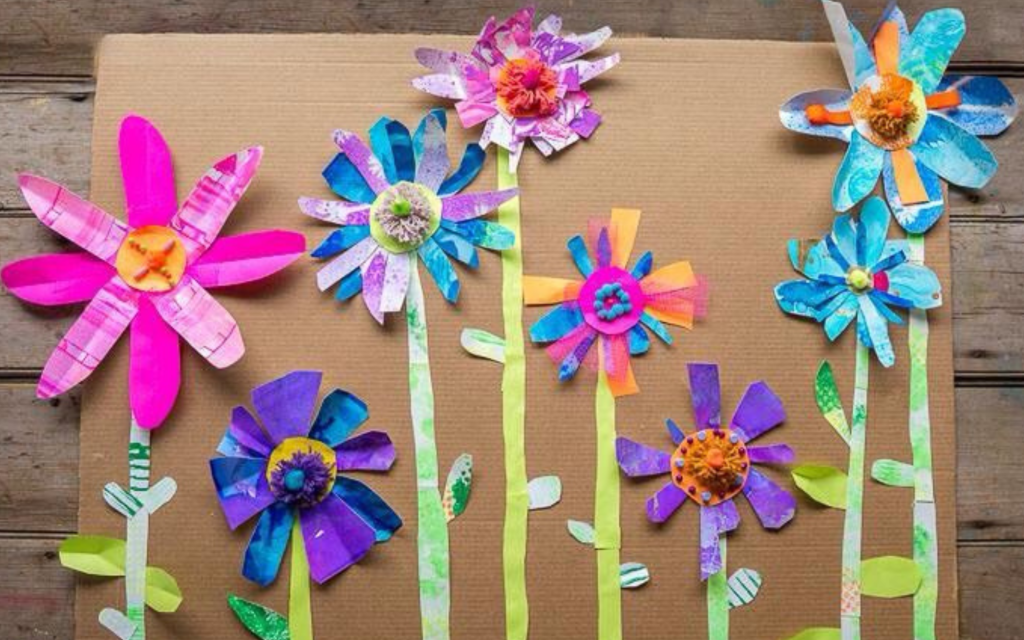
LEARN MORE: Click here to get started on your home garden
Unleashing Potential Through Hands-On Creativity
Crafting for children serves as a gateway to cognitive and creative development, as it stimulates both the brain and the imagination. When faced with the tactile experiences of creating with their hands, children are engaging in a multidimensional process that fosters growth in numerous areas of their development. The activities extend beyond mere art-making; they encompass critical thinking, planning, and even emotional growth.
Studies show that hands-on activities, such as crafting, activate multiple areas of the brain. For instance, when children manipulate objects or materials, they engage their motor skills while simultaneously using their creative faculties to visualize outcomes. This engagement solidifies learning and enables the child to retain information more effectively. According to research from the New York University, children who participate in expressive arts—including crafting—are 78% more likely to excel academically compared to their non-participating peers.
Craft projects often involve intricate designs, color theory, and spatial reasoning—essential components of cognitive growth. As children cut, measure, and glue, they encounter opportunities to learn about shapes, patterns, and processes, resulting in a better understanding of geometry and physics in practical terms. This experiential learning approach allows concepts that may seem abstract in textbooks to become concrete and relatable.
Key Learning Opportunities Through Crafting
Engaging in crafts can provide various learning opportunities that enhance different skills:
- Problem-solving skills: Crafting often requires children to brainstorm solutions when faced with challenges, encouraging them to think critically. For example, if a child is unsure how to attach two materials together, they may experiment with different adhesives or techniques, fostering an inventive mindset.
- Social skills: Crafting in a group setting, such as in a classroom or workshop, often enhances children’s ability to work collaboratively. They learn to communicate their ideas, negotiate roles, and share materials, which builds teamwork skills that are vital for their future.
- Planning and organizational skills: Many crafts require a step-by-step approach, pushing children to plan their projects before jumping in. This planning phase aids them in understanding the importance of organization in accomplishing complex tasks.
- Boosting self-esteem: Completing a craft project allows children to feel a sense of accomplishment. Exhibiting their work can bolster confidence and encourage them to express their uniqueness, reinforcing a positive self-image.
As educational frameworks across the United States evolve to incorporate more hands-on learning, the importance of crafting as a tool for cognitive and creative development grows increasingly evident. As part of integrated curricula, crafting can transform the way children engage with academic subjects, bridging the gap between art and education while enriching the learning experience.
Ultimately, engaging in crafting activities sets children on a path of lifelong learning and creativity. By embracing the value of crafting, we can nurture the next generation of thinkers, creators, and problem-solvers who will navigate the complexities of the world with confidence and ingenuity.
| Benefits of Crafting | Developmental Opportunities |
|---|---|
| Enhances Fine Motor Skills | Crafting activities like cutting, gluing, and assembling teach children essential hand-eye coordination. |
| Boosts Cognitive Skills | Solving problems in crafting promotes critical thinking and spatial awareness in young minds. |
| Stimulates Creativity | Craft projects encourage children to express their ideas and emotions through various mediums, fostering imagination. |
| Increases Confidence | Completing craft projects provides a sense of achievement and promotes self-esteem among children. |
Crafting is not just a pastime; it opens the gateway for significant development in childhood. Activities like painting, sculpting, and collaging can lead to profound improvements in fine motor skills and cognitive functions. By working with their hands, children develop that all-important hand-eye coordination, preparing them for tasks like writing and typing in the future. Furthermore, the process of crafting encourages children to think critically as they plan and execute their projects. They learn to navigate challenges, whether by choosing the right materials or resolving issues that arise during creation. This blend of cognitive and creative approaches fundamentally shapes their analytical skills.In addition, crafting nurtures a child’s creativity, allowing them to explore their thoughts and feelings through artistic expression. It instills confidence—every completed project ignites a spark of accomplishment, significantly boosting self-esteem. When children realize that their creations are valuable, it propels them further on their journey of self-discovery. Ultimately, engaging in crafting activities lays a robust foundation for lifelong learning and personal growth, making it a vital component of early childhood development.
DIVE DEEPER: Click here to discover the art of musical composition
Fostering Emotional Intelligence Through Crafting
Beyond cognitive and creative advancements, crafting also plays a pivotal role in developing emotional intelligence among children. As they embark on various projects, children learn to express and manage their emotions—a crucial skill that influences their interactions and relationships throughout life. Crafting serves as an emotionally therapeutic outlet where they can process their feelings and explore self-expression through artistic means.
Research indicates that children who engage in artistic practices like crafting demonstrate an increased ability to understand and empathize with the emotions of others. A study published in the journal *Art Therapy* found that children who regularly participated in art-based activities had improved emotional well-being and responded better to social situations. As they navigate different crafting scenarios, children often encounter frustrating moments, such as when a project doesn’t go as planned. These challenges become valuable lessons, teaching resilience and adaptability in the face of setbacks.
The Role of Parental Involvement
When parents actively participate in their children’s crafting activities, the benefits amplify. Parental involvement not only strengthens the emotional bond between parents and children, but it also provides a platform for meaningful dialogue. Conversations that arise during crafting time allow children to articulate their thoughts and feelings, fostering a safe space for emotional exploration. This interaction can serve as a catalyst for developing communication skills, which are essential for maintaining healthy relationships later in life.
Moreover, crafting projects that reflect family traditions or personal stories can deepen children’s understanding of their cultural identities. Creating items that symbolize their heritage, from family scrapbooks to holiday decorations, allows children to carry forward their ancestry while establishing a sense of belonging. Engaging in these shared experiences empowers them to take pride in who they are, ultimately enhancing their self-esteem.
Crafting as a Tool for Mindfulness
In today’s fast-paced society, the practice of mindfulness has garnered attention as an essential tool for mental health. Crafting inherently encourages mindfulness as it demands focus and attention to detail. By concentrating on their creative tasks, children can temporarily escape everyday stresses, promoting relaxation and mental clarity. According to a report by the National Institute for Health, creative activities have been shown to reduce anxiety and boost overall well-being, making crafting an effective tool for emotional management in children.
Furthermore, initiatives that introduce crafting in schools aim to enhance social-emotional learning (SEL) frameworks. Incorporating craft activities alongside traditional academic subjects helps children hone vital skills such as self-awareness, self-management, and responsible decision-making. Schools that prioritize SEL report improved classroom behavior and a reduction in instances of bullying, demonstrating that crafting can indirectly foster a positive learning environment.
As communities recognize the importance of nurturing emotional intelligence through practical arts, after-school programs and workshops focused on crafting have gained traction. From local art centers to community colleges, these initiatives provide children with spaces to explore their emotions creatively, learn from their experiences, and express themselves freely.
The intersection of crafting and emotional intelligence illustrates the multifaceted benefits of hands-on creative activities, providing a holistic approach to child development. By embedding open discussions, fostering mindfulness, and promoting resilience through crafting, we equip children with crucial emotional skills that extend beyond their early years.
DISCOVER MORE: Click here to learn about the psychological benefits of art
Conclusion: Embracing the Power of Crafting in Child Development
In conclusion, the world of crafting offers children a unique avenue for both cognitive and creative development. This hands-on engagement not only enhances fine motor skills and problem-solving abilities but also cultivates essential emotional intelligence. As children create, they embark on a journey that sharpens their ability to communicate, empathize, and confront challenges, ultimately preparing them for lifelong social interactions and personal growth.
The integration of crafting into daily routines, be it through structured school programs or casual family activities, can significantly enrich a child’s experience. By employing arts and crafts as tools for enhancing mindfulness, children learn to focus their attention, reduce anxiety, and foster a sense of achievement. Furthermore, the involvement of parents amplifies these benefits, offering a platform for emotional bonding, communication, and cultural identity exploration.
As society increasingly recognizes the profound impact of creative expression on young minds, initiatives promoting crafting within educational settings and communities are paramount. The continued push for social-emotional learning through crafting will promote resilience, adaptability, and a strong sense of self in children of all backgrounds. With these foundational skills, children are better equipped to navigate their futures and contribute positively to society.
Ultimately, embracing crafting as a vital component of child development not only nurtures the whole child—mind, heart, and spirit—but also paves the way for a more creative and emotionally intelligent generation to thrive. It is an invitation to parents, educators, and communities to invest in crafting experiences that empower children today for a brighter tomorrow.
